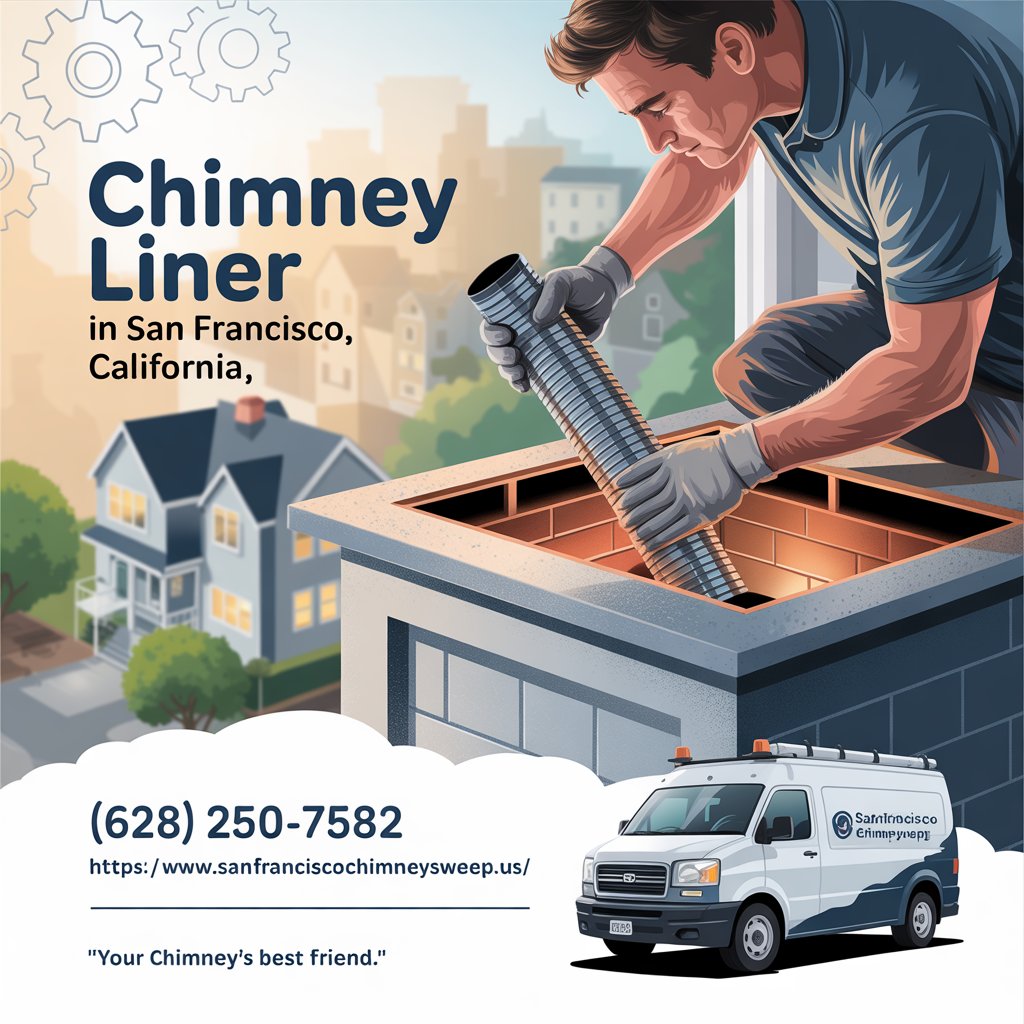If you’re living in San Francisco or anywhere with chilly, damp winters you know how important a cozy fireplace can be. But behind the scenes, your chimney liner is doing a lot of the heavy lifting. Whether you’ve got an old-school wood burner or a gas insert, that liner helps protect your home and keep things running smoothly. So how do you know when it’s time to call in the pros and retire the old one? Let’s walk through the signs together and figure out when it’s time to replace your chimney liner in San Francisco.
Spotting the Signs You Can’t Ignore
You might not think about your chimney liner much until something goes wrong. Here’s what to watch for:
- Cracks or crumbling material. If you peer in and notice large cracks, spalling bricks, or particles flaking off, that’s your liner whispering, “Hey, help me!”
- Rust or corrosion (for metal liners). If you see rust or greenish deposits on a stainless or aluminum liner, moisture is taking over.
- Persistent soot buildup even after a cleaning it could mean gaps where creosote keeps forming.
- Smoke in the room instead of the flue. That’s dangerous your liner may be compromised and not drafting properly.
Why You Can’t Ignore a Worn-Out Liner
Chimney liners do more than tidy up smoke. They protect the chimney walls from heat, keep harmful gases contained, and help your fire breathe better. A failing liner can let heat and combustion gases eat through brick or mortar, risk chimney fires, or release carbon monoxide into your home. I always remind friends: “A bad liner is like sending heat and gas through a paper tube just asking for trouble.”
The Replacement Mileage Guide
Here’s a quick table to show rough mileage er, lifespan estimates and what to keep your eyes on:
| Liner Type | Typical Lifespan | When to Inspect or Replace |
| Clay tiles | 15–20 years | Every 5 years, or after smoky, slow-burning fires |
| Cast‑in‑place | 20–30+ years | After 10 years or if cracks/mortar separation appear |
| Stainless steel | 20–25 years (more if high-quality) | Inspect every few years for rust or loosening sections |
| Aluminum pipes | 10–15 years | Inspect after heavy-use seasons; prone to corrosion |
Keep in mind these are broad estimates your mileage may vary depending on how often you burn, what you burn, and how damp your air is (hello, coastal San Francisco bay!).
Friendly Step‑by‑Step to Decide What’s Next
1. Grab a flashlight and peek inside your flue
If you can see daylight through cracks or feel flaking material, that’s a red flag. Minor soot is normal but chunks, cracks, or green rust? Not so much.
2. Check for performance hiccups
Is your fire taking forever to light? Smoky startup? Weird odors? These can hint that the liner isn’t directing drafts as it should.
3. Bring in a chimney sweep for a camera inspection
They’ll drop in a tiny camera and show you the inside. It’s affordable and clarifies whether it’s replacement time or just a deep clean and a little repair.
4. Measure up the cost versus risk
A new liner, professionally installed, can feel pricey. But compare that to potential damage repair or even worse a chimney fire or carbon monoxide leak. Replacing on time can save thousands.
One Quote to Keep in Mind
“When your chimney liner starts showing its age, don’t wait for proof in fire or fumes be safe, be proactive.”
That advice came from a friend who’s a chimney pro in the Bay Area and it stuck with me.
When to Call the Pros
Here’s what’s best handled by trained hands:
- Replacing the liner (especially cast‑in‑place or stainless steel systems)
- Fixing big cracks in tile liners
- Ensuring proper sizing for ventilation and draft
- Checking structural integrity or nearby masonry damage
While DIY cleaning is fine for mild soot buildup, liners demand expertise and safety protocols.
Wrapping Up
So, how do you know it’s time to replace your chimney liner in San Francisco? Watch for cracks, rust, poor draft, or unusual odors. Inspect regularly especially if your liner is over a decade old. Get a camera sweep, weigh the cost of replacement vs. risk, and don’t wait until a small issue becomes a big problem.A well-maintained liner keeps your home safe, your fires warm, and your indoor air clean. And trust me, there’s no better feeling than lighting a cozy fire on a foggy night, knowing your chimney’s working just as it should.
Read More:Chimney Sweep
